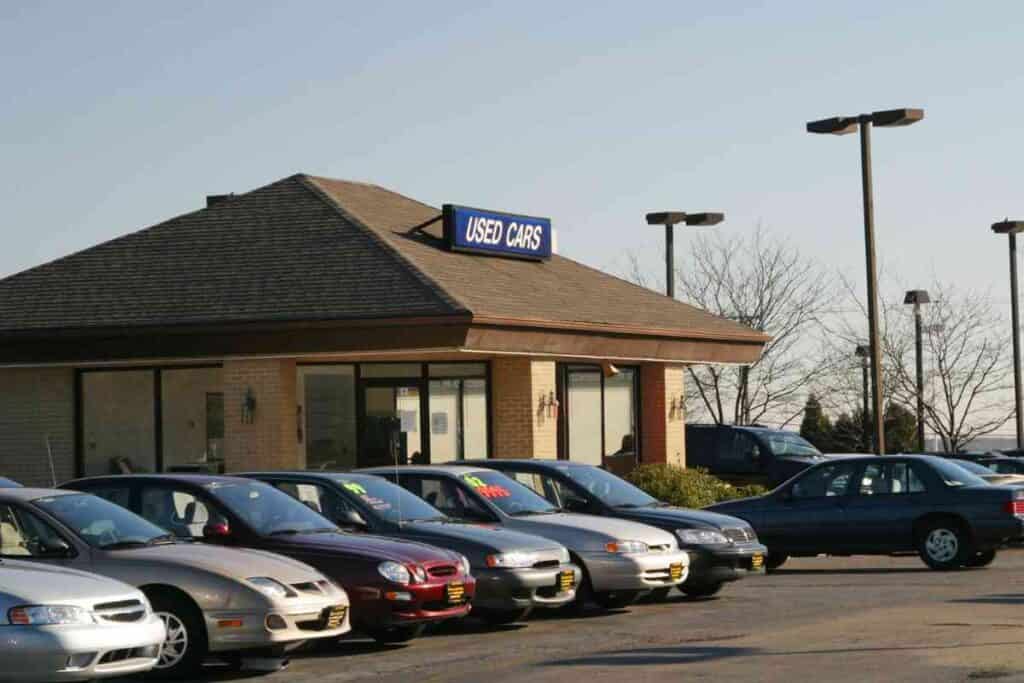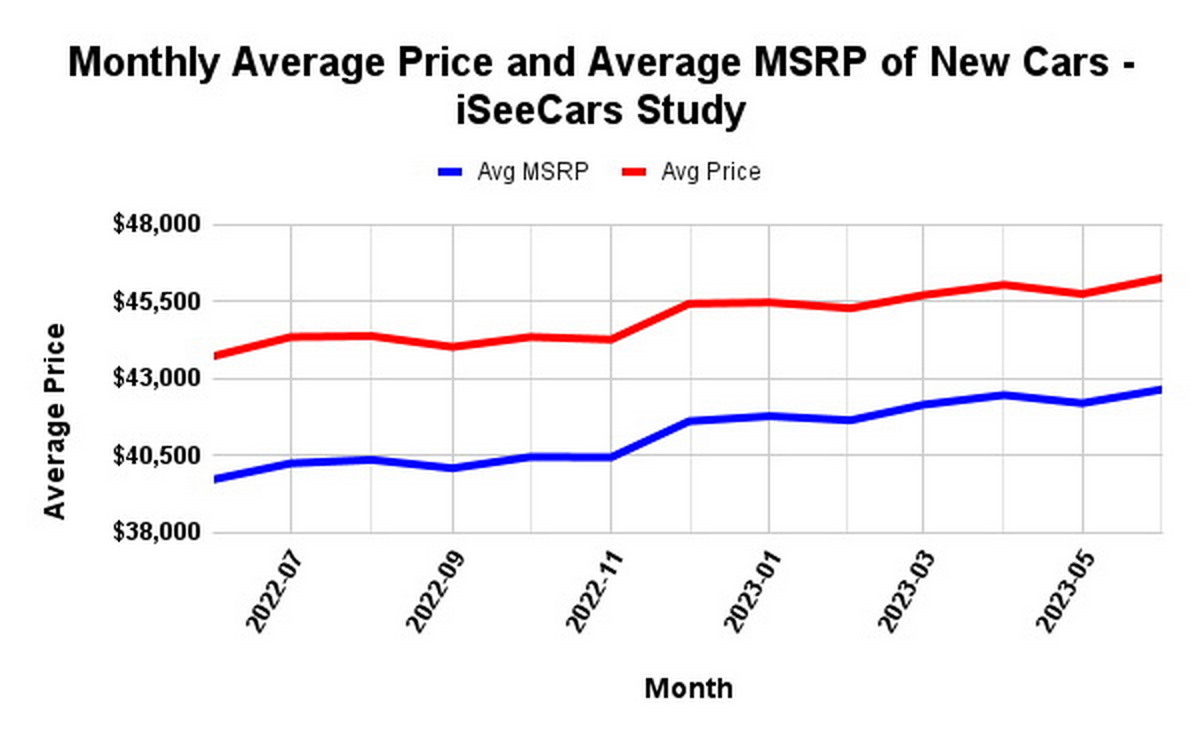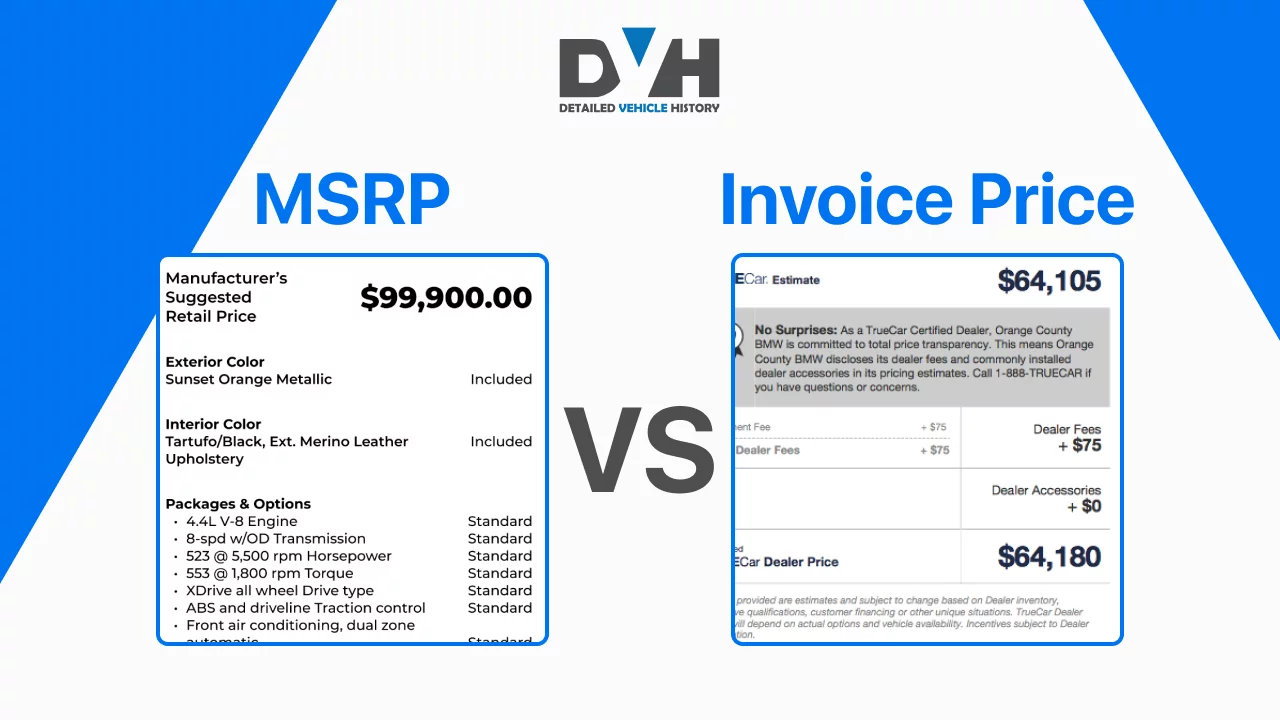How Much Can A Car Dealer Take Off The Msrp

The sticker price on a new car, also known as the Manufacturer's Suggested Retail Price (MSRP), is often seen as a starting point for negotiation, but how much wiggle room actually exists? Understanding the factors that influence a dealer's ability to discount can empower consumers to secure a better deal.
This article explores the various elements that impact potential discounts on new vehicles, examining market conditions, manufacturer incentives, and dealership strategies. It will provide insights into how much leverage consumers realistically have when negotiating with car dealers.
Understanding the MSRP and Dealer Profit
The MSRP is the price the manufacturer suggests the dealer sell the car for. It includes the base price of the vehicle, standard equipment, and manufacturer's profit margin.
Dealers, however, also have expenses such as sales commissions, overhead, and marketing costs to consider. Their profit comes from the difference between the price they pay the manufacturer (invoice price) and the final selling price to the consumer.
The difference between MSRP and the dealer's invoice price is the initial area for potential negotiation.
Factors Influencing Discount Potential
Several factors determine how much a dealer is willing to deviate from the MSRP. These include supply and demand, manufacturer incentives, and time of the month or year.
High-demand vehicles with limited availability often command prices at or even above MSRP. Conversely, models that are sitting on the lot for extended periods are more likely to be discounted.
Manufacturer incentives, such as rebates, financing deals, or special lease offers, can significantly lower the final price. These incentives are often advertised but can also be negotiated as part of the overall deal.
The Role of Market Conditions
The overall economic climate plays a crucial role. During economic downturns, demand for cars typically decreases, leading dealers to offer larger discounts.
Conversely, during periods of strong economic growth, demand increases, and dealers may be less inclined to negotiate aggressively.
Local market conditions also matter. A dealer in a highly competitive market with numerous dealerships nearby may be more willing to discount prices to attract customers.
Time of Month, Quarter, and Year
Dealers often have sales quotas to meet at the end of each month, quarter, and year. They may be more willing to offer deeper discounts to achieve these targets.
The end of the month, in particular, can be a good time to negotiate, as salespeople are often trying to close deals to meet their personal sales goals.
Also, new models typically arrive in the fall, so dealers are often trying to clear out older inventory during the summer and early fall, leading to potential discounts.
Manufacturer Incentives and Rebates
Manufacturer incentives can take various forms, including cash rebates, low-interest financing, and lease deals.
These incentives are often advertised nationally but may also vary by region or even by dealership. Consumers should research available incentives before visiting a dealership.
Some incentives are stackable, meaning they can be combined with other discounts, while others are mutually exclusive.
Negotiation Strategies for Consumers
Researching the invoice price of the vehicle is a crucial first step. Websites like Edmunds and Kelley Blue Book provide this information.
Obtaining quotes from multiple dealerships allows consumers to compare prices and leverage offers against each other.
Being prepared to walk away from the deal can be a powerful negotiating tool. Dealers are often more willing to negotiate when they believe they might lose the sale.
The Impact of the Chip Shortage and Inflation
Recent global events, such as the chip shortage and rising inflation, have significantly impacted the car market. These factors have led to reduced inventory and higher prices.
As a result, dealers have often been less willing to offer substantial discounts, and some have even charged above MSRP for certain models.
While these conditions are expected to ease over time, they have temporarily altered the negotiation landscape.
A Human Perspective: The Haggling Experience
"I went in expecting a battle," says Sarah Miller, who recently purchased a new SUV. "But after doing my research and knowing what I was willing to pay, I was surprised at how smoothly the negotiation went."
She adds, "The key was being informed and confident in my position. I wasn't afraid to walk away, and that made all the difference." This highlights the importance of preparation and a clear understanding of one's own budget.
Looking Ahead: The Future of Car Buying
The car buying landscape is constantly evolving. Online car buying platforms and transparent pricing models are becoming increasingly popular.
These trends are empowering consumers with more information and potentially reducing the need for traditional haggling.
However, understanding the factors that influence a dealer's ability to discount remains essential for securing the best possible deal, regardless of the buying method.


















